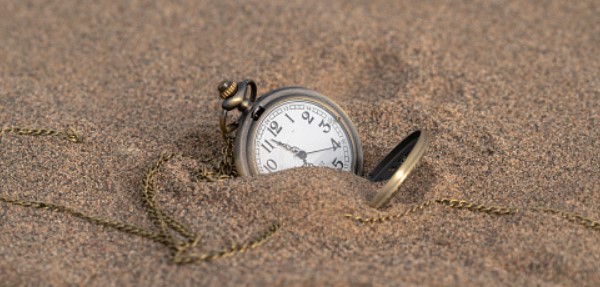dive watches in the desert
when I first explained my idea of accomplishing an article about dive watches in the desert, a standard initial response from the aBlogtoWatch editorial team was, “Where have you been planning to go diving in the desert?” Chuckling, I responded that actual diving wasn’t the point. Rather, it will be a discussion into how effective the world’s favorite sport watches (diving-style) have reached being useful wrist tools in extremely warm weather. Finally, the opportunity for a nice drive into the center of our warming planet presented itself, and I made my solution to the famed Red Rock Canyon National Park outside of Las Vegas, Nevada. Armed with three popular diver’s-style timepieces with me, this is what I discovered dive watches in the desert.

We have a lot of beautiful pictures of dive watches in aquatic environments.
Some of us don’t live near, or arrive at a big body of water often. Dive watches of course are designed for water; however, I locate them very helpful in the desert. There are plenty of rough, sharp rocks, sand, and dust everywhere. I find the additional seals are proficient at keeping out dirt and dust. Most of my time is allocated to rugged terrain with large temperature swings. Hiking and rock climbing are essential for what I do. A dive watch generally seems to serve me very well. So think about you? Have any pictures of dive watches in the desert? Here are a few pictures of my newer dive watch companion.

The Practical Considerations For Desert-Worn Watches
First, a couple of important assumptions and notions so that the reader can understand why taking dive watches into the desert is even an interesting intellectual exercise (aside from being fun), to begin with. In a nutshell, there really aren’t many tool watches with a hot-weather survival theme. You can get out and buy diver’s watches, pilot’s watches, driving watches, boating watches, etc… There isn’t much of an established category of timepiece product for those seeking utility in a hot-weather, expansive outdoor environment. Way more, with the world is getting warmer (or perhaps I’ve been sensitive to it with all the hiking in the sun I’ve done during the last few years), more and more those who like watches might need to adapt their wristwatch wearing strategy.
When evaluating a wristwatch in the desert, there are three main items that spring to mind for me: comfort, legibility, and environmental resistance. Let’s discuss comfort first. Desert watches need to suit securely and not wobble around with the motion of your arm. That means the best strap material, along with one which handles sweat correctly. In humid environments, moisture is the greatest problem since sweat is far worse an issue — as are things such as dials fogging up when and if water enters the case. Leather straps and water do not mix well since sweat or moisture will not only cause natural leather to feel uncomfortable against the skin, nonetheless it can make the strap stink and deteriorate over time.


In the desert, water is less of a concern, but if you’re moving you, will undoubtedly be sweating, and you most likely don’t want your watch to be uncomfortable — reducing annoyances is just a major section of a happy hike. Metal bracelets can be useful, but there’s a range of reasons you might want to avoid a steel bracelet over my desert preference, which really is a rubber strap. Wrists have a tendency to expand in dimensions when it’s warmer (making sized bracelets a challenge). Metal bracelets also can
